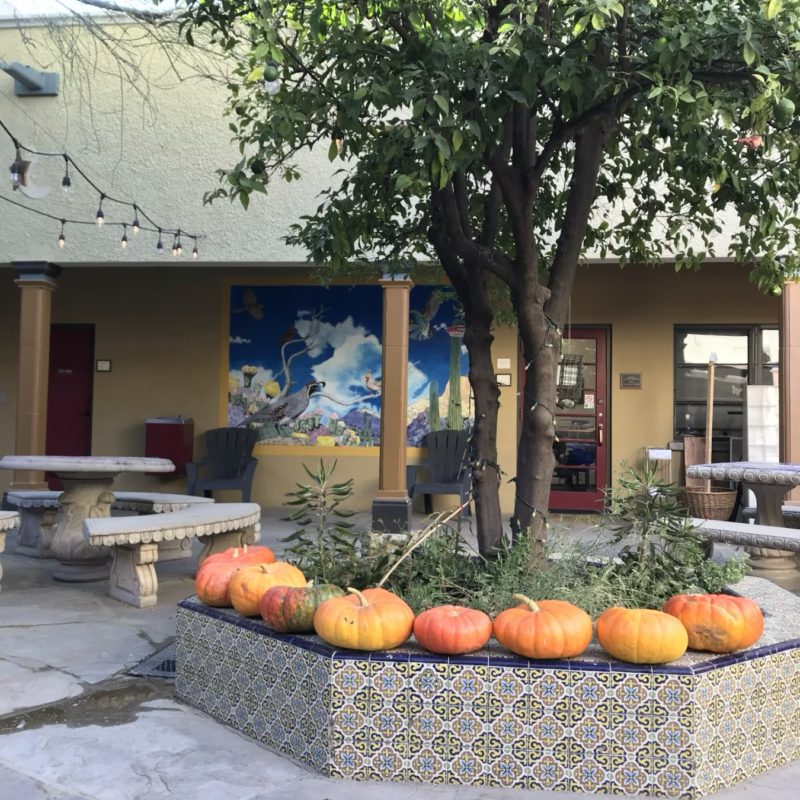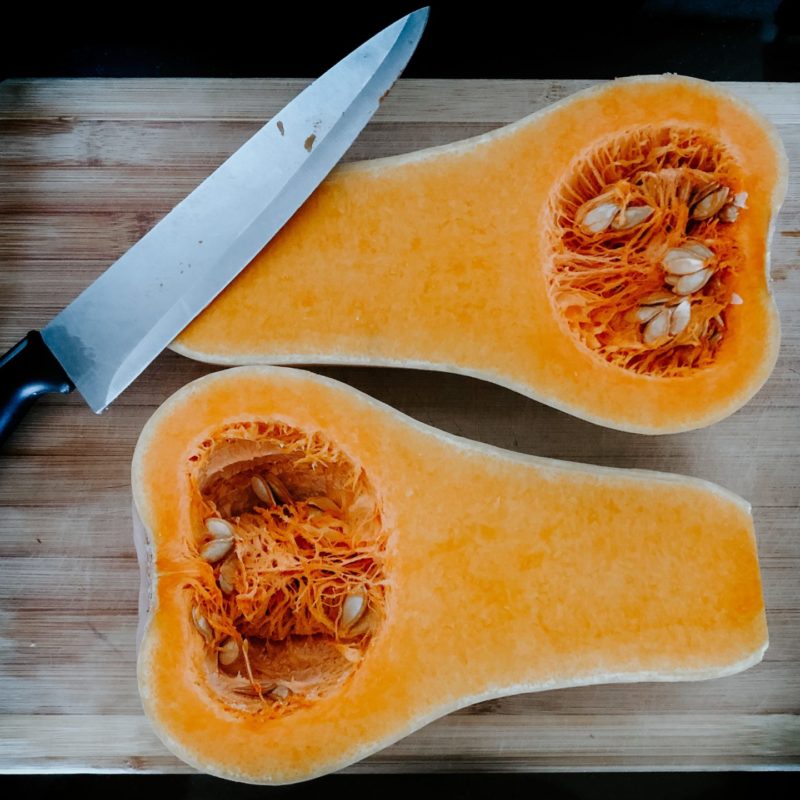Winter Squash, Potato and Onion Overload
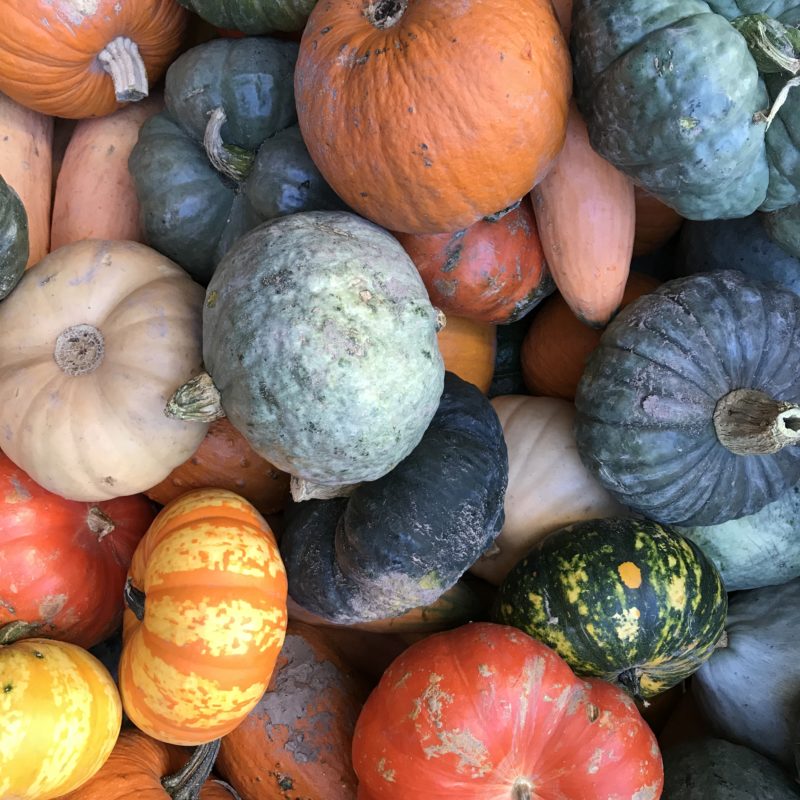
How to store & use guide
Using up all the onions, potatoes and winter squash we have been receiving from our farms at this time of year can feel overwhelming. The good news is that it does not have to! As the seasons change and temperatures begin to cool, we can also shift our thinking about how quickly we need to utilize our CSA shares. Whereas those deliciously ripe celebrity tomatoes needed our attention (and consumption!) right away, we are now receiving some items that have more patience. The onions will last and can wait. The potatoes may come to the rescue another day. Just store both of those items separately and their shelf life (or bottom separate drawers in the refrigerator for the greatest longevity) is that much longer.
When it comes to winter squash varieties, we have even more time to find the perfect recipe or simply the time to process, cook up, and enjoy something comforting and rewarding. Keep in mind that smaller, thinner skinned varieties won’t last as long as the larger varieties so you should prioritize eating those first. Many medium to large winter squash will last for several months and can be kept as a decoration throughout the holiday season. Here is a brief guide to using and storing the varieties we have been getting in our shares recently, with more on the way!
Delicata Squash
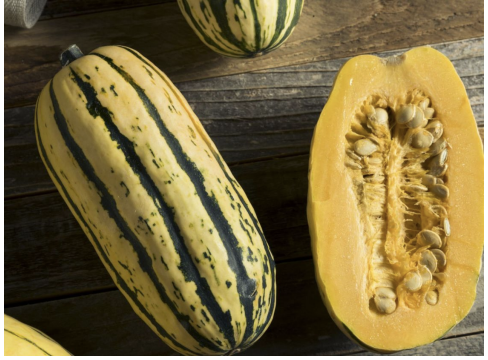
These are winter squash that you don’t have to peel! Alongside other small, tender skinned varieties like acorn, carnival and celebration squash you can eat the delicate skin. The best way to do that is by simply slicing open the squash, scooping out the seeds and slicing or dicing to roast or sauté. They are fun to stuff and bake as well. They are also called sweet potato squash because of their color and sweet flavor. As with other winter squash varieties, the seeds are delicious roasted. They will last for a couple weeks on your kitchen counter or even longer in the crisper of your refrigerator but keep an eye out for any sort spots and use right away if you see any. They make an easy, healthy side dish or topping like in this great recipe:
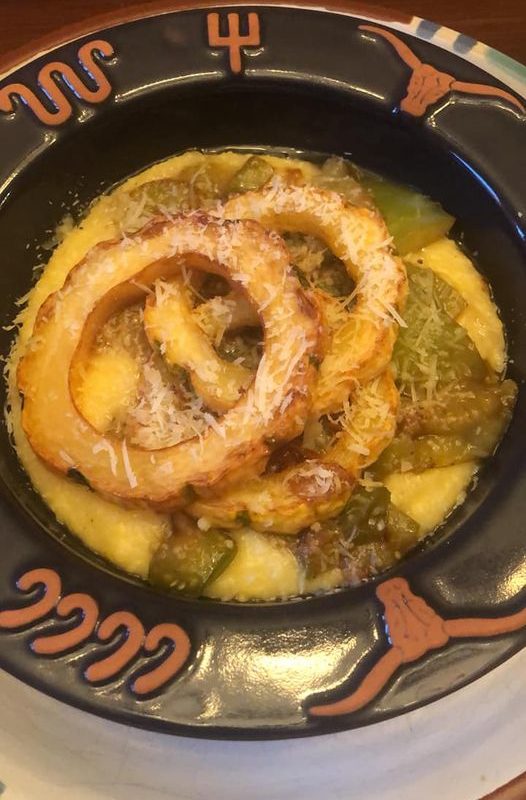
Cushaw Squash
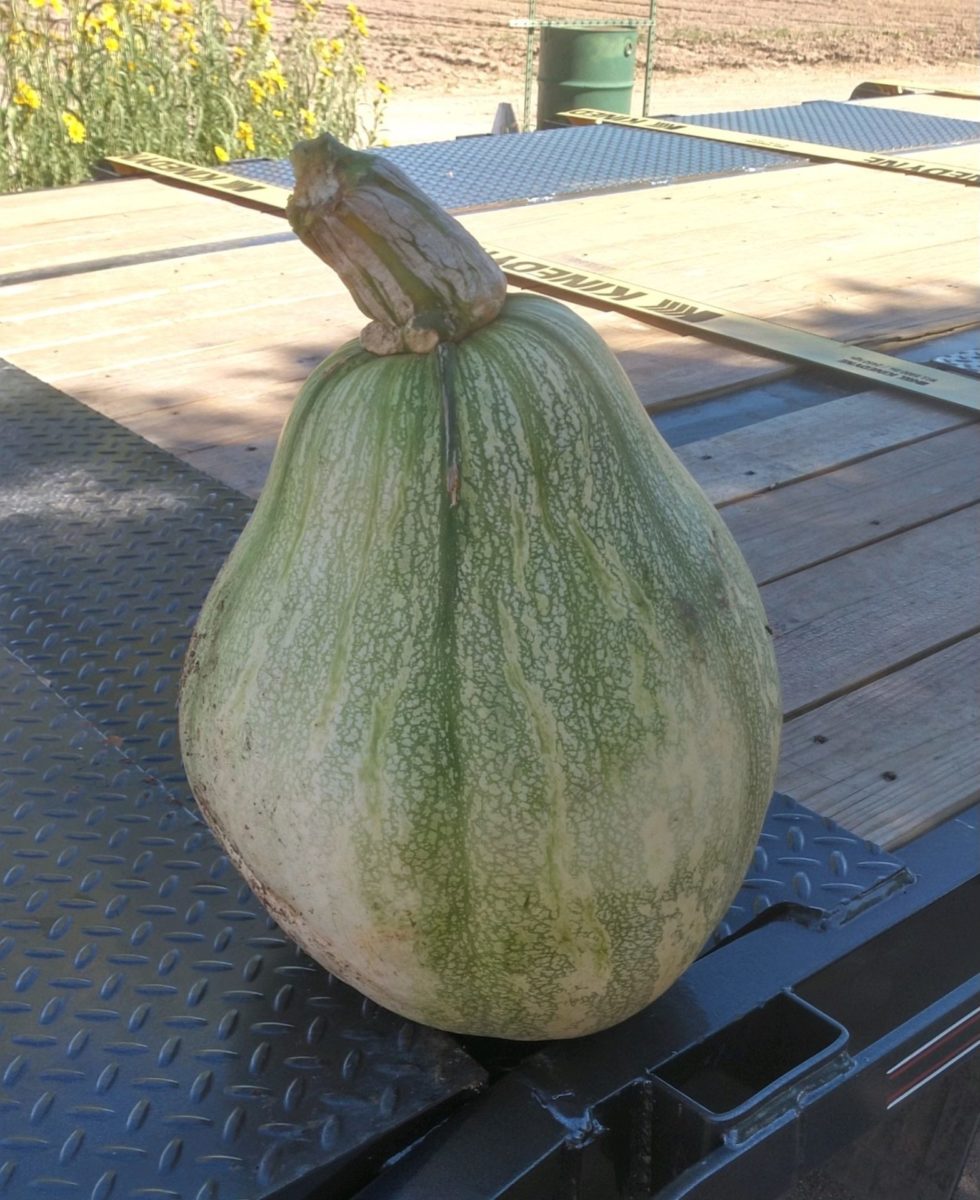
Whole they weigh on average 15lbs 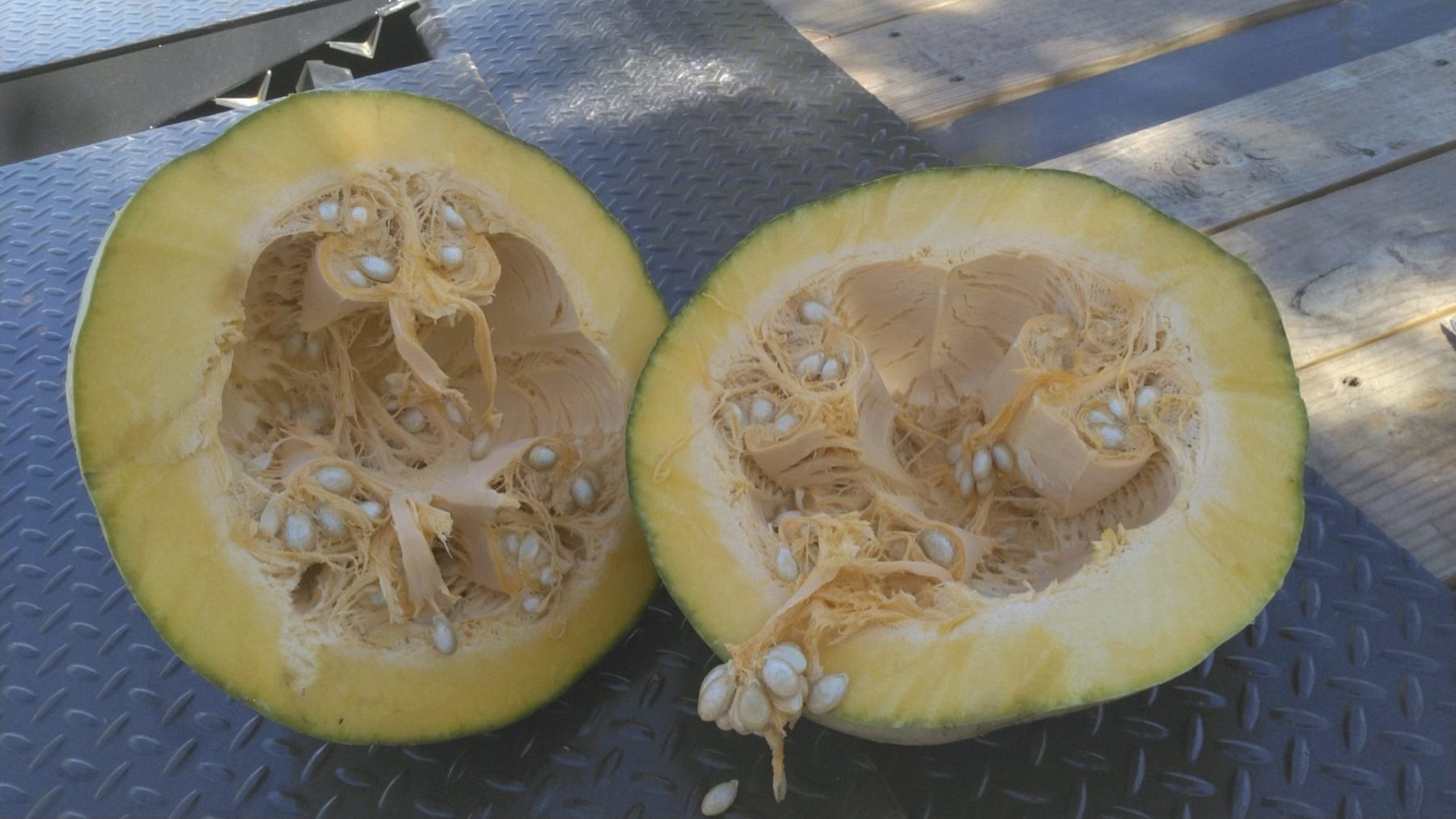
When opened, they should have firm orange-ish flesh
Cushaw is a species of winter squash that is believed to have originated in southern Mexico. The large squash can range in shape and color but tends to be pear or bottle shaped with mottled green to orange stripes. The flavor is rich and delicious and can be used in just about any recipe that calls for pumpkin. In fact, this large winter squash is often used in place of pumpkins in commercial pumpkin puree canning. You can also use the cushaw in savory recipes calling for butternut squash. Large, hard skinned varieties of winter squash like this can last for several months in a cool place in your kitchen or patio. The squash will actually improve with age and are better after a month or so of storage when more of the starches have converted to sugars and the moisture content has reduced a bit.
If you get a squash that has a greenish, moist stem you will need to ‘cure’ it at home by placing it in a warm area with plenty of airflow. Handle these uncured squash gently, as their thick skin has not had a chance to harden and they will be more easily damaged. Leave the uncured squash for a few weeks, checking the underside occasionally to make sure they are not rotting. This versatile squash can be intimidating by its sheer size, but once processed you have plenty of options for using the tasty flesh in both sweet and savory dishes and the extras can be frozen for use later on. Read more about processing your squash.
And check out these other resources for understanding the local varieties and uses of these and other squash.
